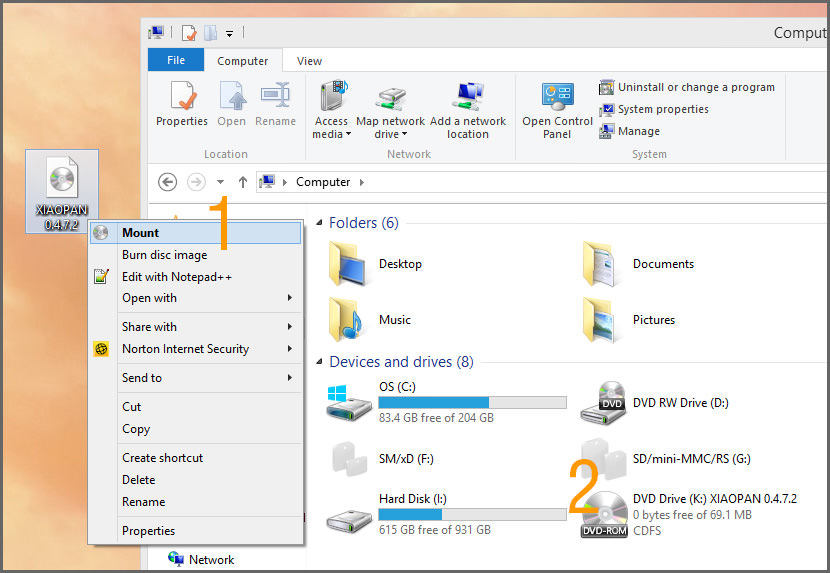


scratch directory path (leave on the default setting).enter temporary directory path (here I usually just type ‘/tmp’) – this is where the temporary files are created during backup.option to exclude the file system that should not be in the backup (also separated by ‘|’ for multiple paths) – note: “/tmp” and “/proc” are always excluded.what parts of file system you want to backup (paths can be separated by ‘|’ character) – I’ll typically use an option ‘/’ which is a full OS backup.name of ISO image file (this can be any file name).size of each ISO image in MB – I typically use the default DVD size (4480).how much compression (I usually select maximum).type of compression (bzip2,bzip, gzip or lzo).enter the full path name to the directory for your ISO Images.Typically you’d want to backup to a Hard disk or a USB key:įollow rest of the instructions. Use arrow buttons and enter button of your keyboard to select the backup destination for your. Once executed, you’ll see a following interactive screen. SSH to your servers as a “root” user and run a mondoarchive command: # mondoarchive Now we have two options, we can either run the Mondo Rescue in an interactive manual format, or use the command line to do so. When the repository was added, let’s install Mondo using yum: # yum install mondo It supports Linux and FreeBSD and it is packaged for multiple distributions (Red Hat, RHEL, Fedora, CentOS, OpenSuSE, SLES, Mandriva, Debian, Ubuntu and Gentoo).įollowing instructions are for CentOS 7 (64-Bit).įirst we need to cd to /etc/ and download the MondoRescue repository: # cd /etc// One of the best tools I’ve tested is a Mondo Rescue free disaster recovery software. There are many tools that can create an image of an entire Linux operating system, however, there is not many of them that are free and can do the hot transfer (backup while the Linux is running). iso image backup of a live CentOS 7 linux server.
BEST FREE ISO MOUNT 2015 HOW TO
Following instructions will demonstrate how to create a full.


 0 kommentar(er)
0 kommentar(er)
